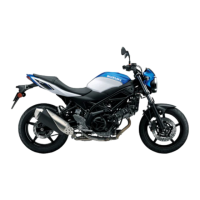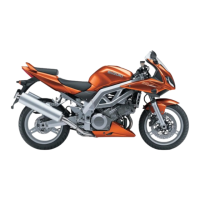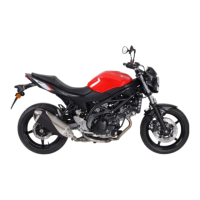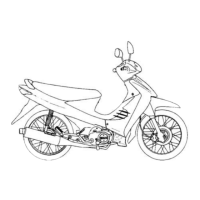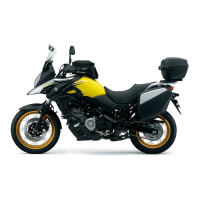29
Lead-calcium technology definitely slows self-discharge,
but a combination of heat and idleness will still drain a
sealed VRLA battery, like the conventional one. You’ll find
step-by-step charging instructions later in this section.
Constant self-discharge is a fact of life for all batteries.
They lose strength as they sit there doing nothing. The
good news is that lead-calcium technology in a sealed
VRLA battery slows down the self-discharge process
substantially. Conventional lead-antimony batteries
discharge at about 1/100 volt a day… the lead-calci-
um sealed VRLA battery, 1/300 volt per day. Looking
at it another way, a conventional battery fully charged
and stored for a month will lose roughly a third of its
charge; the sealed VRLA battery handled the same
way would lose about 10%.
Remember, too, ambient temperature affects battery dis-
charge. Higher the temperature, quicker the discharge –
for all batteries.
So, the sealed garage or storage shed with the sun beat-
ing down on it isn’t doing any favors to the battery in
your vehicle. Excessive heat will prematurely shorten the
life of the battery.
Some people figure sealed VRLA batteries are so
good, there’s no need to worry about routine charges.
Flattering, but wrong. Forgetting routine charging
can mean a one-way ticket to the battery graveyard.
Self-discharge
Self-discharge Characteristics
Relation between Storage Period (months)
and Remaining Capacity (%)
100
90
80
70
60
50
40
01234567
Storage Period (month)
Remaining Capacity (%)
104°F
(40°C)
104°F
(40°C)
77°F
(25°C)
77°F
(25°C)
32°F
(0°C)
32°F
(0°C)
Sealed VRLA Standard
Match your sealed VRLA battery to the right charger. The wrong
one can cause permanent damage and poor performance.
Yuasa offers a complete line of chargers to activate and
maintain your battery to factory specifications.
●
Do not use a larger than recommended amp charger to
reduce charging time. That permanently damages the
battery and voids the warranty.
●
To find recommended current output in amps,
divide battery amp hour capacity rating by 10.
Example: 14 AH ÷ 10 = 1.4 amp current.
Choosing a Charger
POINTS TO REMEMBER
❐ “High rate discharge” sealed VRLA batteries deliver extra starting power.
❐ Lead-calcium technology substantially slows self-discharge.
❐ Routine charging is required to maintain a full charge.
5
SECTION
Sealed VRLA
Batteries
Yuasa 1.5 Amp
Automatic Charger
Yuasa 900 mA
Automatic Charger
Yuasa sealed VRLA batteries have the amp hours printed
right on the front of the battery. If you’re not sure, refer to
application manuals at the dealer. Select the charger that
comes closest to the value of that figure.
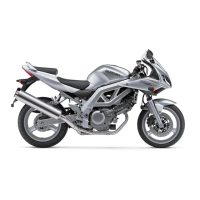
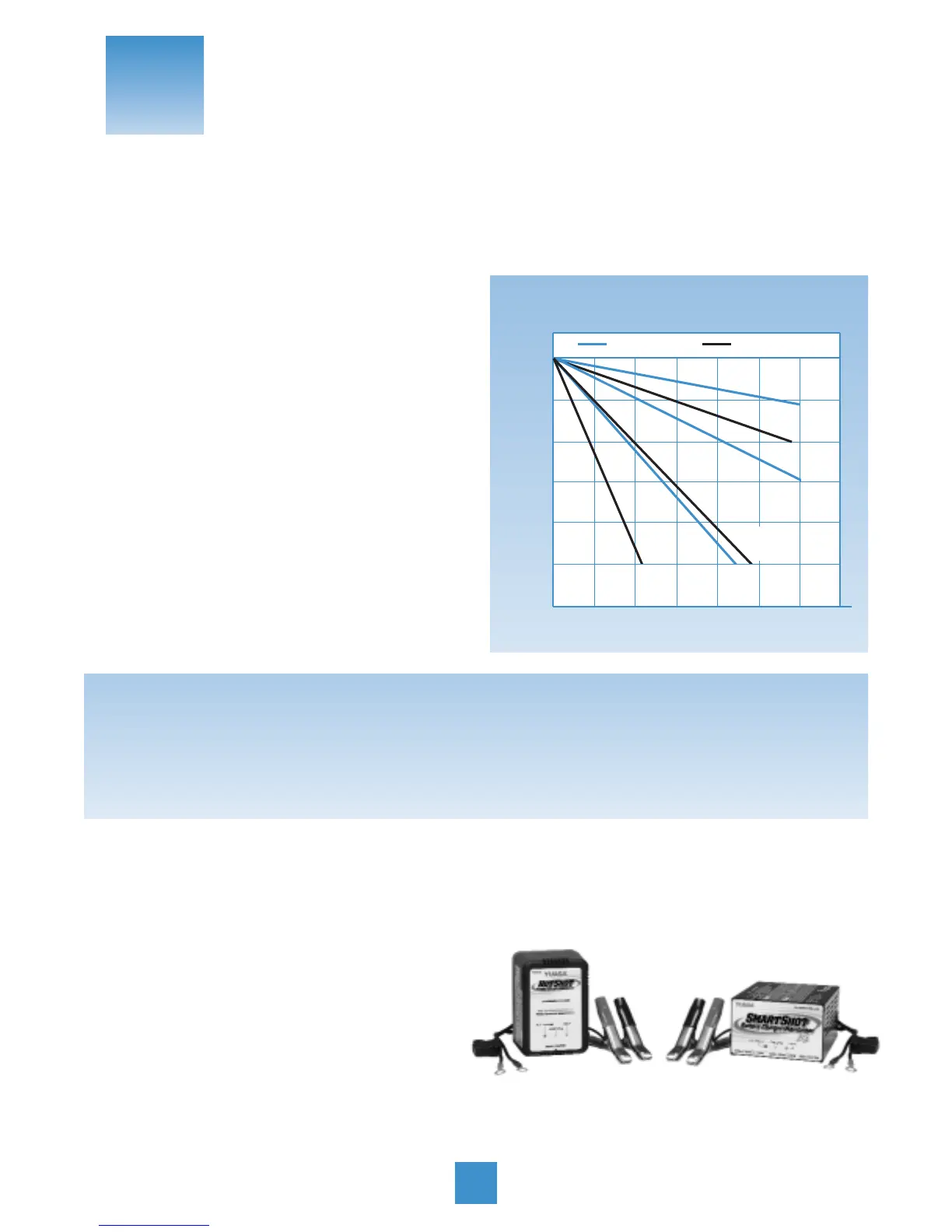